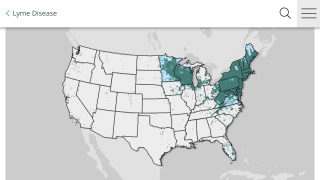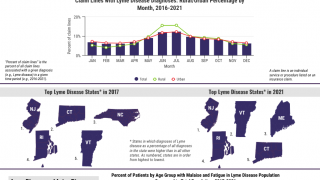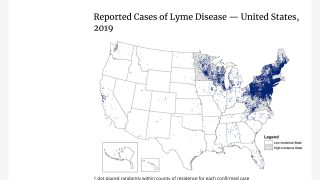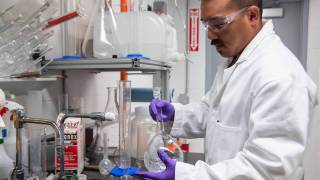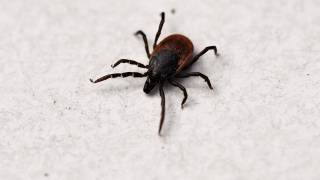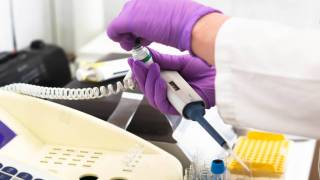New Lyme Disease Test Better Than Two-Step Process

A new test to detect Lyme disease could speed up the identification process from weeks to just days.
This is important because the number of counties reporting Lyme disease has nearly quadrupled in 20 years, with 240,000 to 440,000 new Lyme cases are diagnosed every year.
The cause of Lyme disease, Borrelia burgdorferi, was discovered in 1983 and is considered the most widespread disease transmitted by insects in the U.S. according to the Centers for Disease Control and Prevention (CDC).
Treating Lyme disease costs the U.S. healthcare system between $712 million and $1.3 billion annually, reports the CDC.
In a new analysis from Rutgers University, Harvard University, Yale University, National Institute of Allergy and Infectious Diseases of the NIH and other academic centers, industry and public health agencies say new diagnostic methods offer a better chance for more accurate detection of the infection from the Lyme bacteria.
"New tests are at hand that offer more accurate, less ambiguous test results that can yield actionable results in a timely fashion", said Dr. Steven Schutzer, a physician-scientist at Rutgers New Jersey Medical School and senior study author.
The only FDA-approved Lyme disease tests available today are based on technology developed more than two decades ago.
The FDA currently recommends a two-tiered testing approach: a conventional enzyme-linked immunoassay (ELISA) test, followed by a Western Blot test.
However, many people produce similar "cross-reactive" antibodies in response to other bacteria not associated with Lyme disease.
This causes confusing results and makes test accuracy more difficult.
Moreover, these antibody tests can take three weeks or more for the antibody levels to reach a point where the tests can pick up a positive result.
"New tests are more exact and are not as susceptible to the same false-positive or false-negative results associated with current tests," said Dr. Schutzer.
This new study published in August 2017, describes the selection of two Borrelia burgdorferi - 24 recombinant proteins and evaluation of their performance in a simple 1 -tier test for the 25 serological confirmation of LD.
These two proteins were generated from (a) the full 26 length dbpA gene combined with the invariable region 6 of the VlsE gene (dbpA/C6) 27 and (b) the full-length OspC gene.
The expressed dbpA/C6 and the OspC proteins were 28 useful in detecting anti -Borrelia IgG and IgM antibodies, respectively.
"This meeting and paper resulting from it are particularly significant," said Jan Witkowski, professor in the Watson School of Biological Sciences at Cold Spring Harbor Laboratory who along with Nobel Laureate James Watson asked Dr. Schutzer to lead several symposia.
"The participants noted that there are greatly improved diagnostic tests for Lyme disease that can be implemented now and that the way is open to the development of further tests," said Dr. Witkowski.
There were various scientists participating in this research. Correspondence should be sent to R. Kelley Thueson, [email protected] or Gary L. Bradshaw, [email protected]
Our Trust Standards: Medical Advisory Committee
- New Lyme disease tests could offer quicker, more accurate detection
- Improved serodiagnostic performance for Lyme disease by use of two 2 recombinant proteins in ELISA as compared to standardized t
- New Lyme disease tests could offer quicker, more accurate detection
- Lyme Disease Diagnostics Research
- Advances in Serodiagnostic Testing for Lyme Disease Are at Hand



